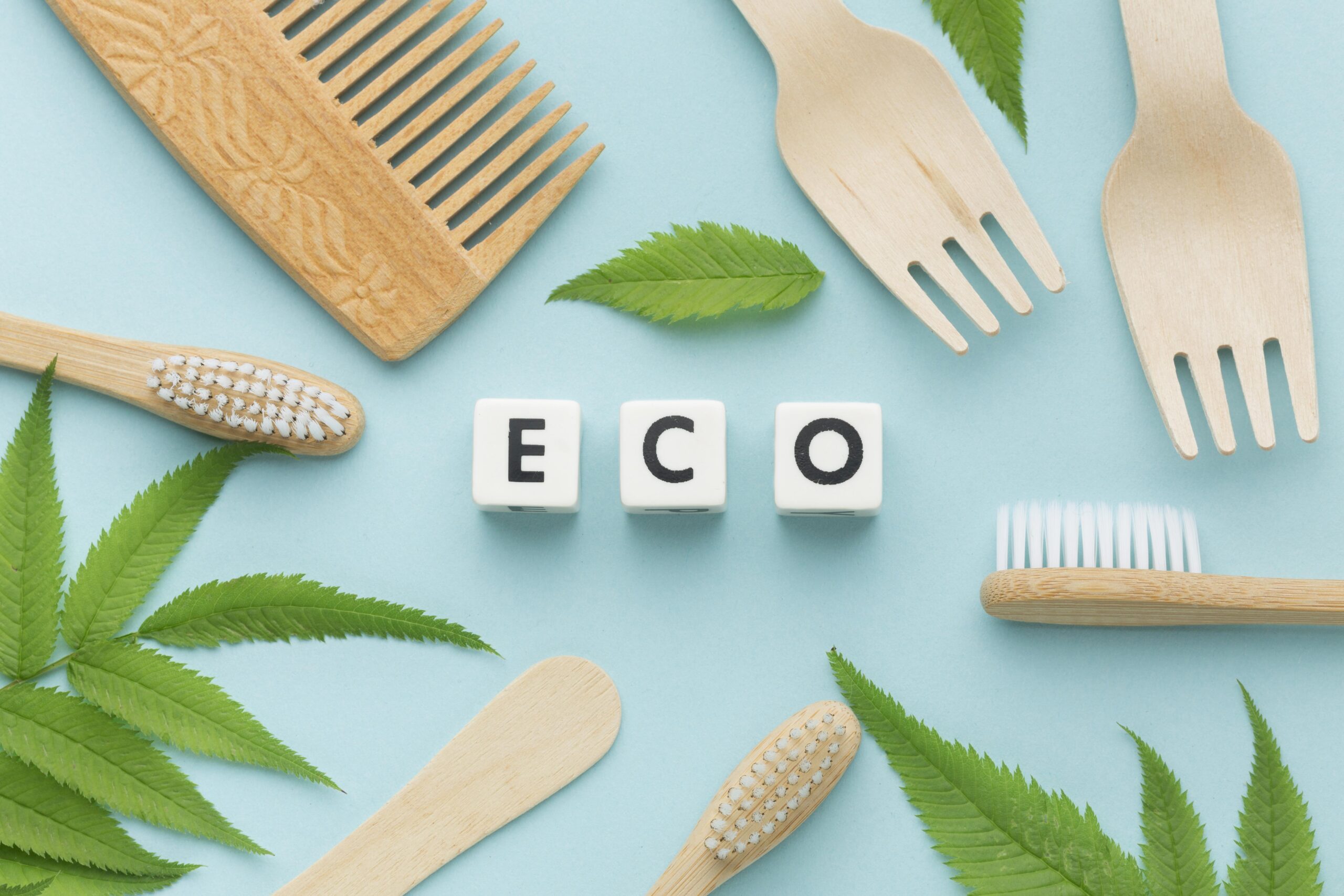No products in the cart.

Here’s What Makes a Product Sustainable!
In today’s world, sustainability is no longer just a buzzword – it’s a necessity. Everyone from consumers to businesses are looking for ways to reduce their carbon footprint and contribute towards the betterment of our planet.
And when it comes to products, the need for sustainable living has never been more pressing. But what exactly makes a product sustainable? Is it all about using eco-friendly materials or is there more to it?
In this blog post, we break down the key components that make a product truly sustainable and how you can make informed choices as a consumer. So let’s dive into the world of sustainability!
Sustainable Product Design
The term “sustainable product design” is used to describe the process of designing products with an eye for environmental sustainability. This type of design takes into account the entire life cycle of a product, from its raw materials and manufacturing processes, to its use and eventual disposal.
The goal of sustainable product design is to minimise the negative environmental impact of products throughout their life cycles. This includes reducing pollution, waste, and energy consumption. It also involves using environmental-friendly materials and manufacturing processes.
There are many benefits to sustainable product design. For one, it can help reduce the overall environmental impact of a company’s products. Additionally, it can improve a company’s reputation and brand image. Sustainable product design can also save money in the long run by reducing waste, minimising resource consumption, and contributing to the sustainable living factor.
If you’re interested in designing sustainable products, there are a few things you should keep in mind. First, consider the entire life cycle of your product when making design decisions. Second, use environmentally-friendly materials whenever possible. And finally, think about ways to reduce waste and conserve resources throughout the product’s lifecycle.
Benefits of Sustainable Product Design
When it comes to product design, the term “sustainable” means different things to different people. For some, it may mean designing products that are made from recycled materials. For others, it may mean designing products that have a minimal impact on the environment during their production, use, and disposal.
There are many reasons why sustainable product design is important. First, it can help reduce the amount of waste that is sent to landfills each year. Second, sustainable product design can help reduce the amount of energy and resources that are used in the manufacture and distribution of products. Third, sustainable product design can help create products that are safer for both workers and consumers. Sustainable product design can help create a market for more environmentally friendly products.
What Makes a Product Sustainable?
When it comes to sustainability, there are a few key factors to consider. First and foremost, a sustainable product is one that is made to last. It should be durable and require minimal repairs or replacements over its lifetime. Additionally, a sustainable product should be made from natural, renewable materials whenever possible. A sustainable product should be easy to recycle or compost at the end of its lifespan.
Sustainability is becoming increasingly important to consumers, and for good reason. Climate change is a real threat, and we need to do our part to reduce our impact on the environment. By choosing sustainable products, we can help make a difference.
Materials Used in Sustainable Products
There are a variety of materials that can be used in sustainable products. Some of the most common sustainable materials include: bamboo, cork, wool, organic cotton, and jute. These materials are all environmentally friendly and have a minimal impact on the environment.
Bamboo is a fast-growing grass that is very sturdy and durable. It is often used in sustainable products such as flooring, furniture, and textiles. Cork is another sustainable material that comes from the bark of trees. It is water-resistant and fire-resistant, making it ideal for flooring and insulation. Wool is a natural fibre that is sourced from sheep. It is biodegradable and recyclable, making it a great choice for clothing and other textiles.
Organic cotton is grown without the use of harmful pesticides or chemicals. It is soft and absorbent, making it ideal for clothing, towels, and bedding. Jute is another strong natural fibre that comes from the stem of the jute plant. It is often used in rope, carpeting, and packaging material.
Making your business more sustainable can seem like a daunting task, but there are small changes you can make that will have a big impact. Here are some tips:
How to Make A Business More Sustainable
1. Use recycled or recyclable materials whenever possible.
2. Cut down on energy consumption by using energy-efficient lighting and appliances.
3. Reduce water consumption by installing low-flow fixtures and water-saving irrigation systems.
4. Support sustainable agriculture by sourcing local and organic produce.
5. Encourage employees to carpool, use public transportation, or walk or bike to work.
6. Make it easy for employees to recycle at work by providing recycling bins and access to composting facilities.
7. Educate yourself and your employees about sustainability practices and green business initiatives.
At present, sustainability is an important element. Understanding what makes a product sustainable can help you make better choices when shopping and investing. We hope this article has helped clarify the components of sustainability, as well as given you some insight into how to look for sustainable products in your everyday life. Remember, every small step counts towards a healthier environment for us all.

